Home>Garden Essentials>What Can Be Used To Create A Safe Outdoor Play Area
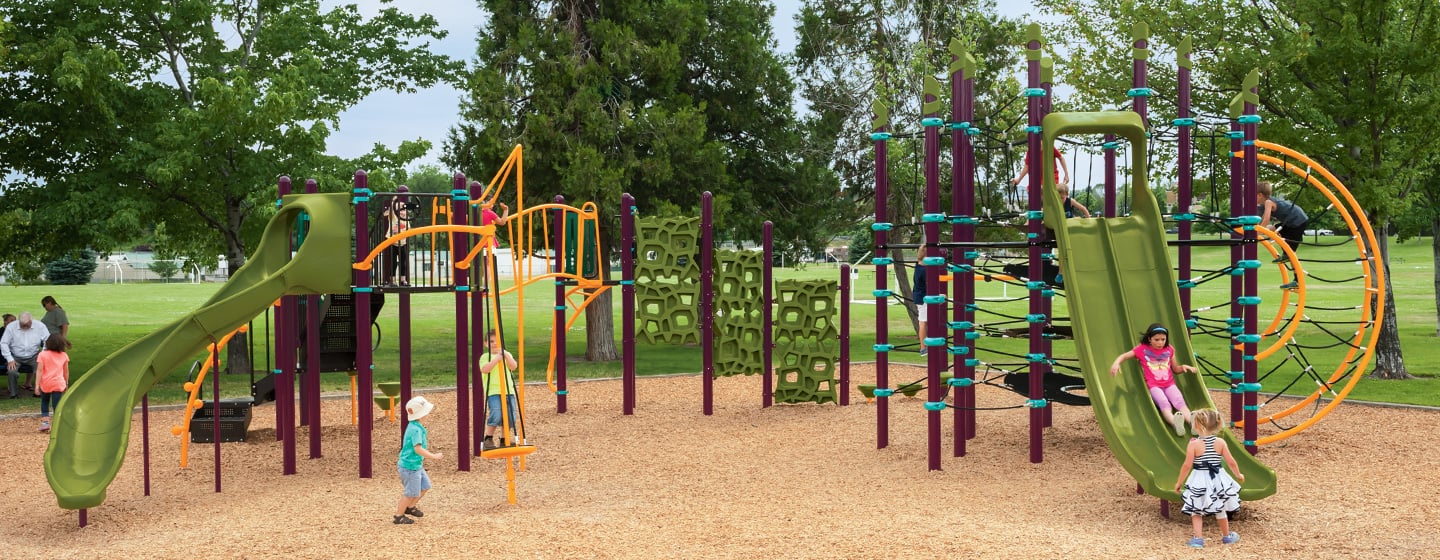

Garden Essentials
What Can Be Used To Create A Safe Outdoor Play Area
Modified: March 24, 2024
Create a safe and secure outdoor play area in your garden. Discover what can be used to ensure the safety of your children while they enjoy the great outdoors.
(Many of the links in this article redirect to a specific reviewed product. Your purchase of these products through affiliate links helps to generate commission for Storables.com, at no extra cost. Learn more)
Introduction
Welcome to the world of outdoor play areas! Whether you have children of your own or are responsible for creating a safe and engaging environment for little ones to explore and learn, you’ve come to the right place. In this article, we will guide you through the process of designing and setting up an outdoor play area that prioritizes safety without compromising on fun.
An outdoor play area is not only a space for kids to release their energy and have fun; it is also where they develop vital physical, social, and cognitive skills. By providing a well-designed and secure play environment, you are fostering their growth and encouraging healthy outdoor play.
When creating a safe play area, it’s important to consider various factors such as location, fencing, ground surface materials, play equipment, maintenance, shade, water safety, accessibility, and natural elements. Each aspect contributes to the overall safety and enjoyment of the space.
Before we delve into the details, keep in mind that safety should always be the top priority. Follow recommended guidelines and standards for play area safety, and consult with professionals if needed. Now, let’s explore the various elements that make a safe outdoor play area!
Key Takeaways:
- Choose a safe location, sturdy fencing, and soft ground surfaces to create a secure outdoor play area for kids. Regular maintenance and supervision are essential for a fun and safe play environment.
- Incorporate natural elements, provide shade, and ensure water safety to make the outdoor play area enjoyable and inclusive for all children. Prioritize accessibility and engage in regular maintenance for a safe and welcoming play space.
Read more: How To Create An Outdoor Play Area For Kids
Choosing the Right Location
When selecting the location for your outdoor play area, there are several factors to consider. First and foremost, choose a space that is easily accessible and visible to ensure supervision and security. It is important to have a clear line of sight from different vantage points so that caregivers or parents can keep an eye on the children at all times.
Next, consider the size of the area. Ensure that the space is large enough to accommodate the desired play equipment and allow for free movement and exploration. Avoid areas with steep slopes or uneven terrain, as this may pose a risk of accidents.
Additionally, take into account the surrounding environment. Choose a location with minimal exposure to traffic, noise, and other potential hazards. Ideally, the play area should be nestled within a peaceful and natural setting to create a calming and enjoyable ambiance.
It is also important to consider the climate of your region. If you live in an area with extreme temperatures, strong winds, or heavy rainfall, it may be necessary to incorporate suitable measures to protect the play area and ensure year-round use.
Lastly, involve the children themselves in the decision-making process. Consult them and take their preferences into account when choosing the location. This will help them feel a sense of ownership and excitement about the play area.
Remember, selecting the right location sets the foundation for creating a secure and inviting outdoor play area. Take your time to carefully evaluate the options and choose a spot that meets all the necessary criteria.
Fencing and Boundaries
Fencing and boundaries play a crucial role in ensuring the safety and security of an outdoor play area. They create a physical barrier that helps to keep children within the designated space and prevent unwanted entry from unauthorized individuals or animals.
When choosing the type of fencing, opt for materials that are sturdy, durable, and child-friendly. Avoid fences with sharp edges, excessive gaps, or protruding elements that may pose a risk of injury. A height of at least 4 feet is generally recommended to prevent children from easily climbing or scaling the fence.
Ensure that the fencing is properly installed and securely anchored to the ground to prevent it from being easily knocked over or compromised. Regularly inspect the fencing for any damage or wear and promptly repair or replace any broken parts.
In addition to the fence, consider installing childproof gates or door locks to control access to the play area. These should be designed in a way that is easy for adults to operate but difficult for children to unlock or open on their own.
Furthermore, it is important to ensure that there are clear boundaries marking the limits of the play area. This can be achieved through the use of low barriers, landscaping features, or clear signage. Clearly define the boundaries to prevent children from straying into potentially hazardous areas, such as roads, bodies of water, or steep slopes.
Remember, the fencing and boundaries of the play area are essential for maintaining a secure environment. Regularly inspect and maintain them to ensure that they are in good condition and functioning effectively.
Ground Surface Materials
Choosing the right ground surface materials for your outdoor play area is crucial for preventing injuries and providing a safe environment for children to play. The surface should be impact-absorbing, non-slip, and accessible for children of all abilities.
One popular option for play surfaces is rubber mulch or rubber tiles. These materials are soft and cushioned, providing excellent shock absorption in case of falls. Rubber surfaces are also non-slip, reducing the risk of slips and trips. Additionally, they are low-maintenance and long-lasting, making them a cost-effective choice.
If you prefer a more natural look, engineered wood fiber or wood chips can be used. These materials offer good impact absorption and are visually appealing. However, they require regular maintenance to ensure that the surface remains even and free of debris or sharp objects.
An alternative to rubber and wood surfaces is artificial turf. Synthetic grass provides a soft and durable surface that mimics the appearance of natural grass. It is an excellent choice if you want a low-maintenance option that remains green and lush year-round.
When selecting ground surface materials, it is important to consider the specific needs and age range of the children using the play area. For younger children, a thicker, softer surface may be preferable to minimize the impact of falls. Older children may benefit from surfaces that provide more traction for sports and active play.
Regardless of the surface material you choose, it is important to regularly inspect and maintain the play area to ensure the surface remains even, free of hazards, and in good condition. Keep the play area clean and remove any debris, ensuring that it stays safe and enjoyable for years to come.
Equipment for Active Play
Active play is essential for children’s physical development and overall well-being. When selecting equipment for your outdoor play area, it is important to choose items that promote active play and engage children’s bodies and minds.
Swings are a classic and beloved addition to any play area. They help develop balance, coordination, and upper body strength. Make sure the swings are securely installed, with an appropriate amount of space between them and any other structures or obstacles.
Slides provide endless fun and excitement for children. Look for slides with safety features such as a sturdy ladder, smooth surfaces, and handrails for stability. Ensure the slides are age-appropriate and have appropriate safety standards in place.
Climbing structures such as jungle gyms or climbing walls are excellent for building strength, coordination, and problem-solving skills. Choose structures with multiple levels of difficulty to cater to different age groups and abilities. It is essential to have proper safety measures such as soft landing surfaces and enclosed areas to prevent accidental falls.
Balance beams, stepping stones, and obstacle courses are great additions to encourage balance, agility, and coordination. These can be made from various materials such as wood, rubber, or plastic. Ensure that these elements are securely installed and free from any hazards.
Sports equipment such as basketball hoops, mini soccer fields, or volleyball nets can add an element of competitive play and teamwork to the outdoor area. Consider the age and interests of the children using the play area when selecting these equipment options.
In addition to the larger play structures, incorporate smaller items such as hula hoops, jump ropes, and balls for open-ended play and group activities. These items allow children to engage in imaginative play and develop their motor skills.
Remember to regularly inspect all play equipment for wear and tear, and make necessary repairs or replacements. Ensure that the equipment meets safety standards and is age-appropriate for the children using the play area.
By providing a variety of equipment for active play, you are encouraging children to stay active, develop their physical skills, and engage their imaginations in the outdoor play area.
Read more: What To Use For Kids’ Outdoor Play Area
Playground Maintenance
Maintaining the outdoor play area is vital to ensure its safety, longevity, and continued enjoyment for children. Regular maintenance helps identify potential hazards, address issues promptly, and keep the play area in top condition.
One of the most important aspects of playground maintenance is conducting routine inspections. Regularly check all play equipment, including swings, slides, climbing structures, and surfaces, for any signs of damage, wear, or deterioration. Look for loose bolts, sharp edges, cracks, or splintering. Address any issues immediately by repairing or replacing damaged parts.
Keep the play area clean and free from debris. Regularly sweep or rake the surfaces to remove leaves, twigs, or other organic material that can create slip hazards. Inspect the sandboxes or water play areas, if present, and clean or replenish the materials as needed. Ensuring cleanliness and a tidy appearance also contributes to the overall appeal of the play area.
Check the ground surfaces regularly to ensure they are even and free from hazards such as rocks, glass, or sharp objects. Maintain the mulch or wood chip surfaces by replenishing them when necessary and leveling them to provide a safe and consistent play surface. For rubber surfaces, inspect for any signs of wear or deterioration and address any issues promptly.
Regularly inspect and maintain the fencing and boundaries to ensure they are secure and intact. Remove any vegetation or overgrown plants that may obstruct visibility or pose a safety risk. Check the gates, locks, and latches, ensuring they are in good working condition.
Monitor the play area for any signs of vandalism or damage. Graffiti, broken equipment, or tampered structures should be immediately addressed to maintain the safety and integrity of the play area.
It is recommended to have a regular maintenance schedule and keep records of all inspections and repairs. Establish a plan for ongoing maintenance and allocate resources to address any issues in a timely manner. Consider partnering with professionals or consulting with playground safety experts to ensure compliance with safety standards and best practices.
By implementing a proactive approach to playground maintenance, you can provide a safe and well-maintained play environment for children to enjoy for years to come.
When creating a safe outdoor play area, use soft and impact-absorbing materials like mulch, sand, or rubber tiles under play equipment to cushion falls and reduce the risk of injury. Regularly inspect and maintain the play area to ensure it remains safe for children to use.
Shade and Sun Protection
Creating a comfortable and safe outdoor play area involves providing adequate shade and sun protection. Exposure to the sun’s harmful UV rays can cause sunburn, skin damage, and increase the risk of heat-related illnesses. It is essential to incorporate measures to shield children from excessive sun exposure.
One effective way to provide shade is through the use of shade structures or canopies. These can be freestanding structures or attached to existing play equipment or buildings. Choose materials that offer sufficient UV protection while allowing for airflow to prevent heat buildup. Ensure that the shade structures are securely installed and regularly inspected for any signs of damage or deterioration.
Another option is to strategically plant trees or tall shrubs to provide natural shade. Select trees that have dense foliage and can withstand local weather conditions. Plant them in areas where the shade will cover the play equipment during the hottest parts of the day. Regularly prune the trees to maintain their shape and remove any dead branches.
In addition to overhead shade, consider incorporating sun-protection elements into the play area. Install sunscreen dispensers at convenient locations so that caregivers and children can easily access and apply sunscreen. Place UV-resistant awnings or shelters near seating areas to provide shade for adults supervising the children.
Encourage children to wear protective clothing such as loose-fitting, lightweight, and breathable clothing that covers their arms and legs. Provide wide-brimmed hats or caps to shield their faces from direct sunlight. Educate both children and caregivers about the importance of sun protection and the need to seek shade during peak sun hours.
Regularly educate staff or caregivers about sun safety practices, including the importance of sunscreen application, hydration, and recognizing the signs of heat-related illnesses. Encourage them to lead by example by incorporating sun safety habits into their daily routines.
Remember, providing adequate shade and sun protection in the outdoor play area is essential for ensuring the well-being and safety of children. By incorporating these measures, you can create a comfortable and enjoyable play environment that safeguards against the harmful effects of the sun.
Natural Elements and Landscaping
Incorporating natural elements and thoughtful landscaping into your outdoor play area can enhance its beauty, sensory appeal, and provide additional learning opportunities for children. By integrating nature, you create an immersive and enriching play environment.
Start by incorporating plants and flowers that are suited to your climate and require low maintenance. Select a variety of plants to provide visual interest, different textures, and vibrant colors throughout the seasons. Choose plants that are non-toxic to ensure the safety of children who may come in contact with them.
Create designated areas for sensory experiences. Consider incorporating a sensory garden with plants that have distinct smells, textures, or colors. This can provide children with opportunities to engage their senses and learn about different aspects of nature.
Introduce trees into the play area to provide shade, reduce noise, and create a calming atmosphere. Select species that are appropriate for the space and offer benefits such as colorful foliage, interesting bark, or edible fruit.
Incorporate natural materials such as logs, rocks, or tree stumps for climbing, balancing, and imaginative play. These elements can help develop children’s gross motor skills, balance, and creativity. Ensure that the materials are smooth and free from any sharp edges or protruding nails.
Create spaces for nature exploration and discovery. Include bird feeders, birdhouses, or butterfly gardens to invite wildlife into the play area. Incorporate small ponds or shallow water features to attract frogs, dragonflies, and other aquatic life. Provide tools such as magnifying glasses or bug kits to encourage children to observe and learn about the natural world.
Consider incorporating natural play features such as sand or water play areas. These elements provide open-ended play opportunities and allow children to engage with natural materials in a sensory and imaginative way. Ensure that any water features are properly secured and supervised.
Take into account sustainability and environmental considerations when designing and maintaining the play area. Use organic fertilizers for plants, promote water conservation, and practice responsible waste management. Teach children about the importance of environmental stewardship and engage them in caring for the natural elements in the play area.
By incorporating natural elements and thoughtful landscaping, you create an outdoor play area that connects children with nature, stimulates their senses, and encourages exploration and learning.
Water Safety Measures
If your outdoor play area includes water features such as pools, splash pads, or water play areas, it is crucial to implement proper water safety measures to ensure the well-being of children. Water can be both fun and potentially hazardous, so it’s important to take precautions to prevent accidents and promote safe water play.
First and foremost, provide proper supervision at all times. Assign designated adults or trained lifeguards to oversee water play activities and ensure children’s safety. These individuals should have CPR and first aid certifications and be knowledgeable about water safety guidelines.
Install secure barriers or fencing around the water play area. This helps prevent unsupervised access and keeps children from entering the area without proper supervision. The fencing should be at least 4 feet high and have self-closing and self-latching gates to further enhance safety.
Regularly inspect and maintain all water play equipment to ensure they are in good working condition. Check for any signs of damage, sharp edges, or loose parts and address any issues promptly. Ensure that all drains are properly covered to prevent entrapment.
Implement and enforce age-appropriate rules for water play. Establish guidelines regarding age restrictions, diving, running, and appropriate behavior in and around water. Clearly post these rules in visible areas to remind children and caregivers of the importance of following them.
Provide life jackets or personal flotation devices (PFDs) in different sizes for children to use during water play. Encourage their use, especially for non-swimmers or those still developing their swimming skills. Educate caregivers and children about the proper use and fitting of life jackets.
Ensure water quality and hygiene by regularly monitoring and maintaining water filtration and treatment systems. Regularly test and adjust water chemical levels to ensure they are within safe and recommended standards. Promptly address any water quality issues to prevent the spread of waterborne illnesses.
In addition to these measures, educate children about water safety. Teach them about the importance of staying within designated areas, not entering the water without permission, and the potential dangers of deep or fast-flowing water. Teach basic swimming and water survival skills to further enhance their safety.
By implementing these water safety measures, you can provide a safe and enjoyable water play experience for children, promoting their water confidence and ensuring their well-being.
Read more: How To Create Shade In A Play Area
Ensuring Accessibility
Creating an outdoor play area that is inclusive and accessible to children of all abilities is essential for fostering a sense of belonging and providing equal opportunities for play. Consider the following measures to ensure your play area is accessible to children with different abilities:
Provide wheelchair-accessible pathways throughout the play area. Pathways should be smooth, wide enough for wheelchair maneuverability, and free from any obstacles. Ensure that the surfaces are slip-resistant and allow for easy navigation.
Include ramps or lifts to allow wheelchair access to elevated play structures or platforms. Consider adding sensory elements to these areas, such as textured surfaces or interactive panels, to engage children of all abilities.
Incorporate inclusive play equipment that is designed to accommodate children with various disabilities. This can include wheelchair-accessible swings, sensory play panels at different heights, and inclusive play structures with ramps, sensory elements, and tactile components.
Provide seating areas with appropriate clearance and support for wheelchairs or other mobility aids. Ensure that there is enough space for caregivers or friends to sit together with children using mobility devices.
Consider the sensory needs of children with autism or sensory processing disorders. Create quiet or calming areas where children can retreat and decompress if they become overwhelmed. Incorporate sensory elements such as texture walls, chimes, or interactive water features.
Ensure that the play area is well-lit and has clear signage with visual and tactile cues to assist children with visual impairments. Use contrasting colors and Braille signage where appropriate.
Regularly assess and modify the play area based on feedback from caregivers, children, and professionals specializing in inclusive play. Continuously strive to improve accessibility and address any barriers that may arise.
Educate staff, caregivers, and other children about the importance of inclusivity and respect for children with different abilities. Foster an environment of empathy, understanding, and support.
Remember, creating an accessible play area allows all children to fully participate in the joy of outdoor play. By ensuring inclusivity, you are promoting equal opportunities and embracing the diversity of all children.
Conclusion
Designing and creating a safe and engaging outdoor play area requires careful consideration of various factors. From choosing the right location to incorporating appropriate equipment, maintaining cleanliness, and ensuring accessibility, each aspect contributes to the overall safety, enjoyment, and development of children.
By selecting a suitable location, with easy access and sufficient space, you provide a foundation for a successful play area. Setting up proper fencing and boundaries helps ensure the security and safety of children within the designated area.
Choosing appropriate ground surface materials, such as rubber mulch or artificial turf, protects children from potential injuries while providing a comfortable and resilient surface for play. Incorporating a variety of equipment for active play promotes physical development, coordination, and social interaction among children.
Regular maintenance and cleaning of the play area, including inspections of equipment, surfaces, and fencing, are crucial to identify and address potential hazards promptly. Providing shade and sun protection with structures or natural elements safeguards children from harmful UV rays and excessive heat.
Integrating natural elements and thoughtful landscaping enhances the beauty and sensory experience of the play area, fostering a connection with nature and encouraging exploration and learning. Implementing proper water safety measures, such as supervision, barriers, and rules, ensures a safe and enjoyable water play experience.
Finally, ensuring accessibility is key in creating an inclusive play area where children of all abilities can participate and thrive. By considering wheelchair accessibility, providing ramps and lifts, and incorporating inclusive equipment, you create an environment that promotes equal play opportunities.
In conclusion, creating a safe and engaging outdoor play area requires a combination of careful planning, maintenance, and consideration for the well-being and developmental needs of children. By implementing these guidelines and practices, you can provide a space where children can explore, learn, and have fun in a safe and inclusive environment.
Frequently Asked Questions about What Can Be Used To Create A Safe Outdoor Play Area
Was this page helpful?
At Storables.com, we guarantee accurate and reliable information. Our content, validated by Expert Board Contributors, is crafted following stringent Editorial Policies. We're committed to providing you with well-researched, expert-backed insights for all your informational needs.

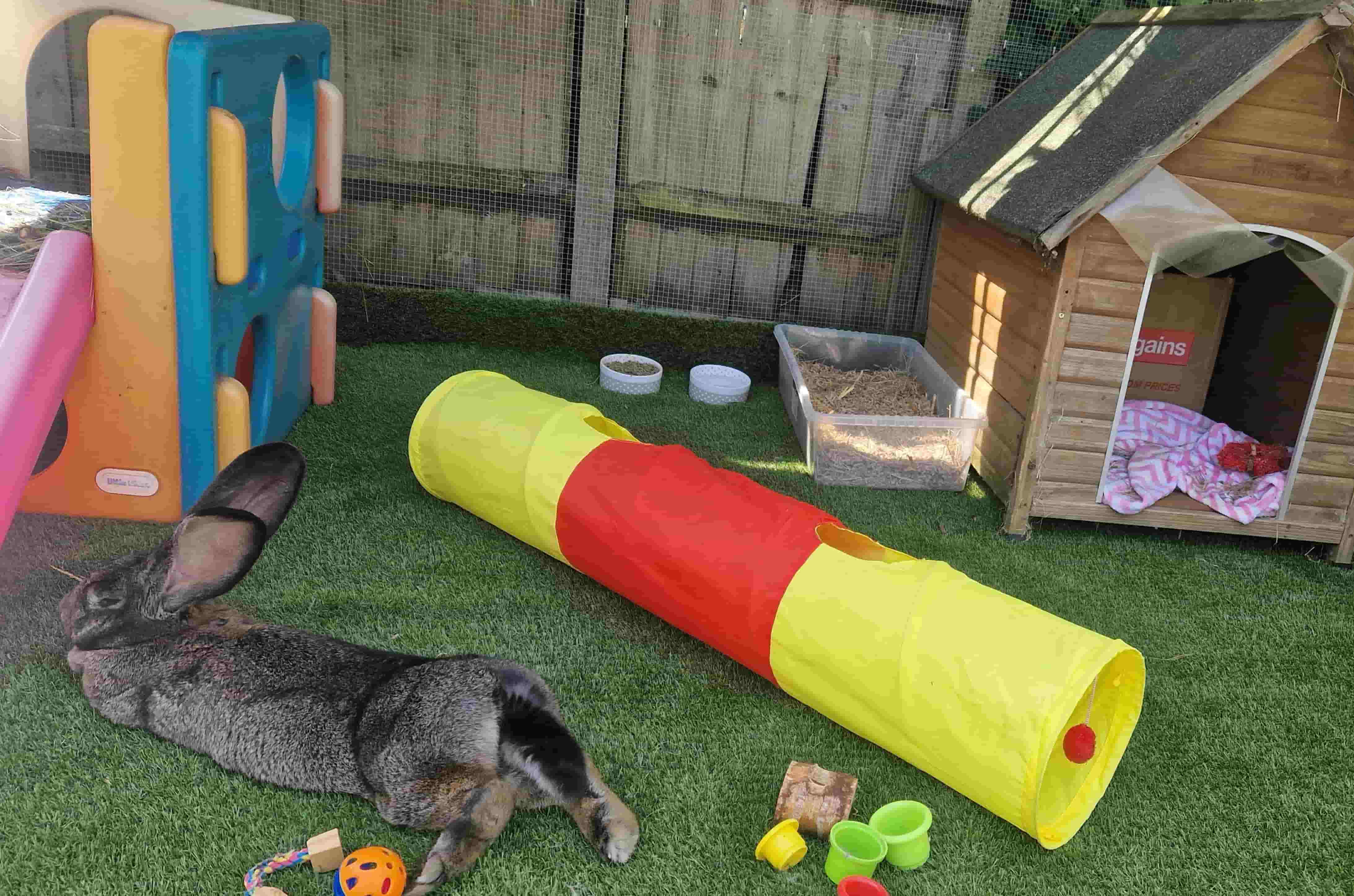
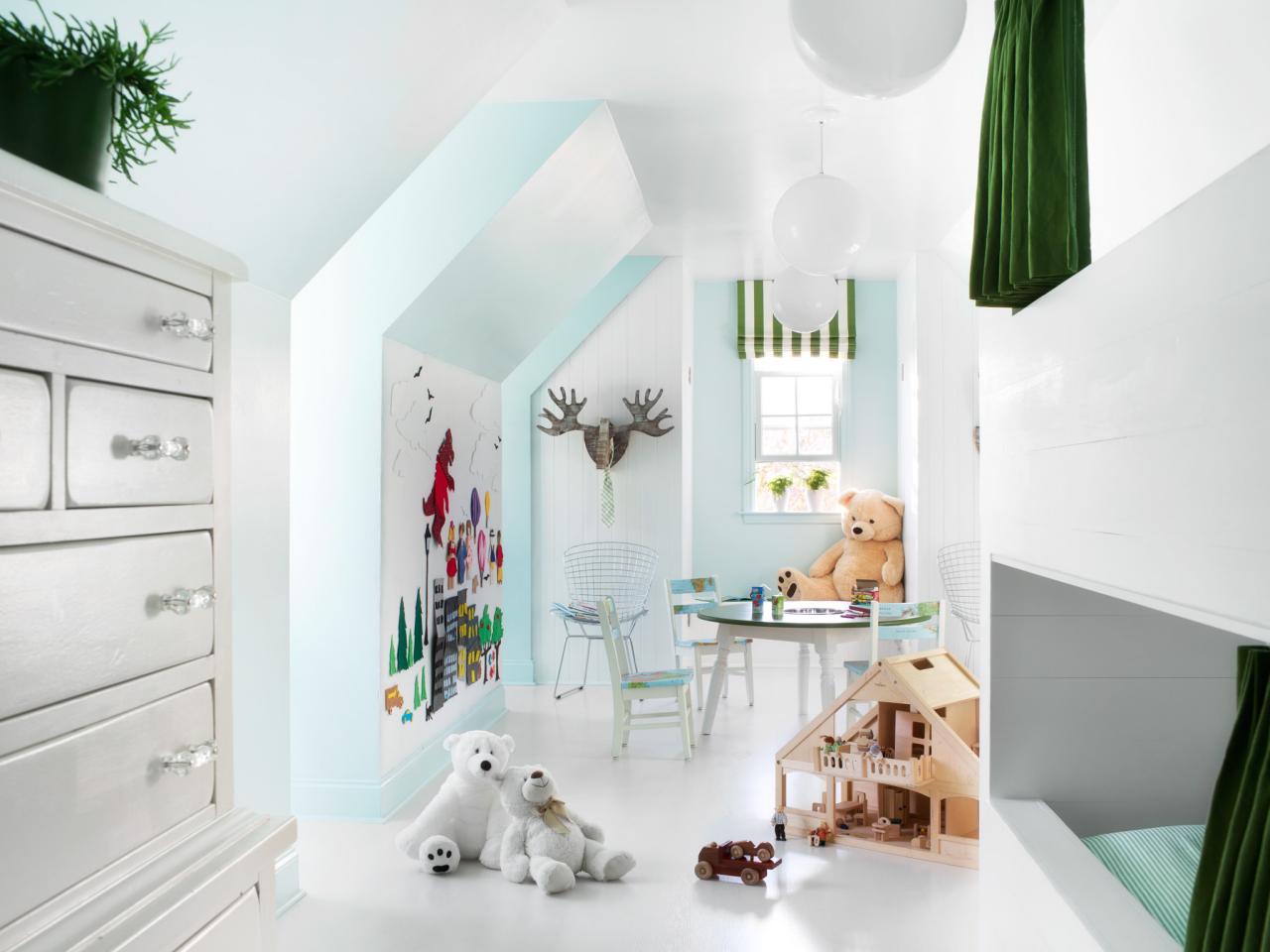
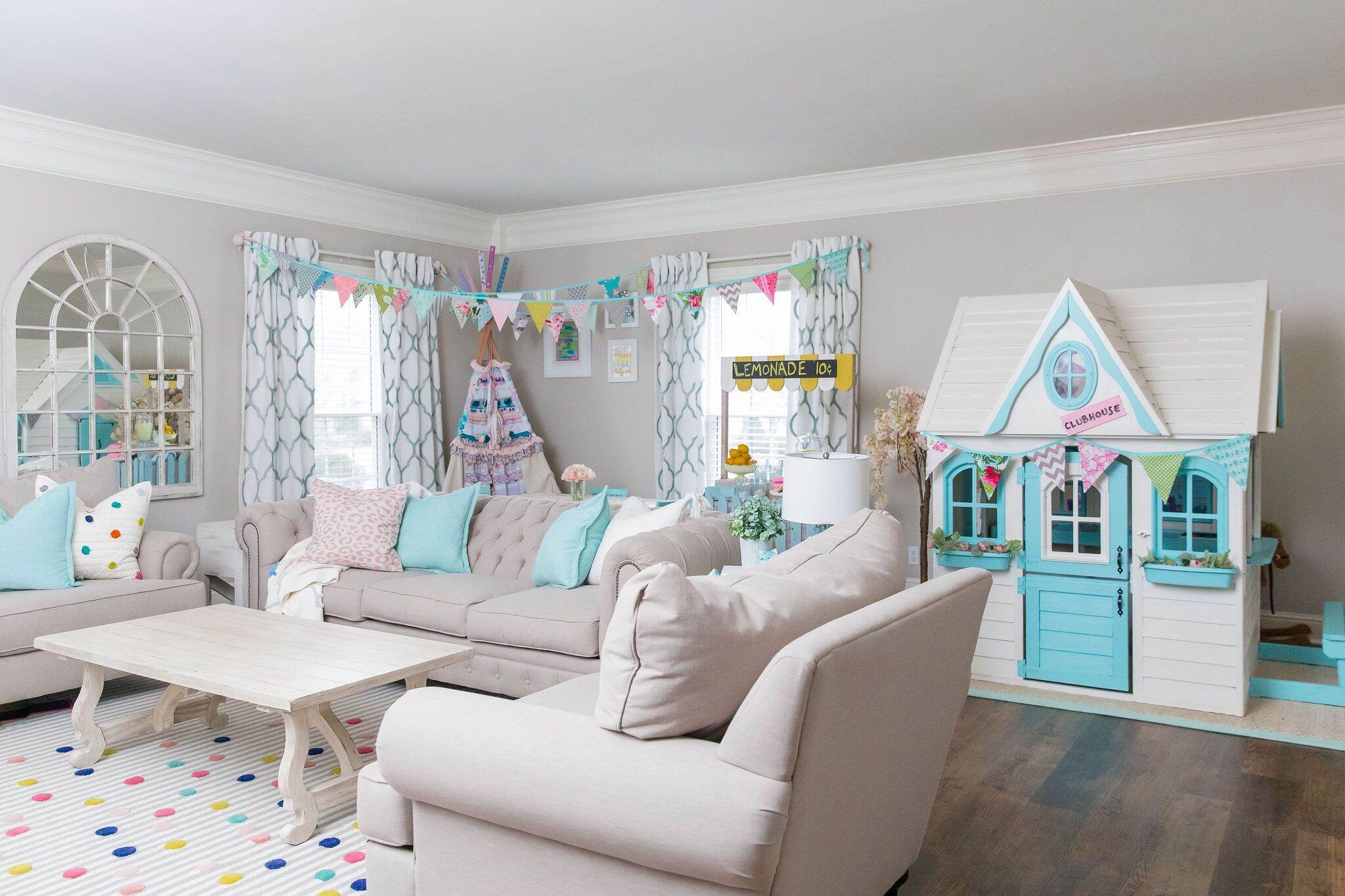

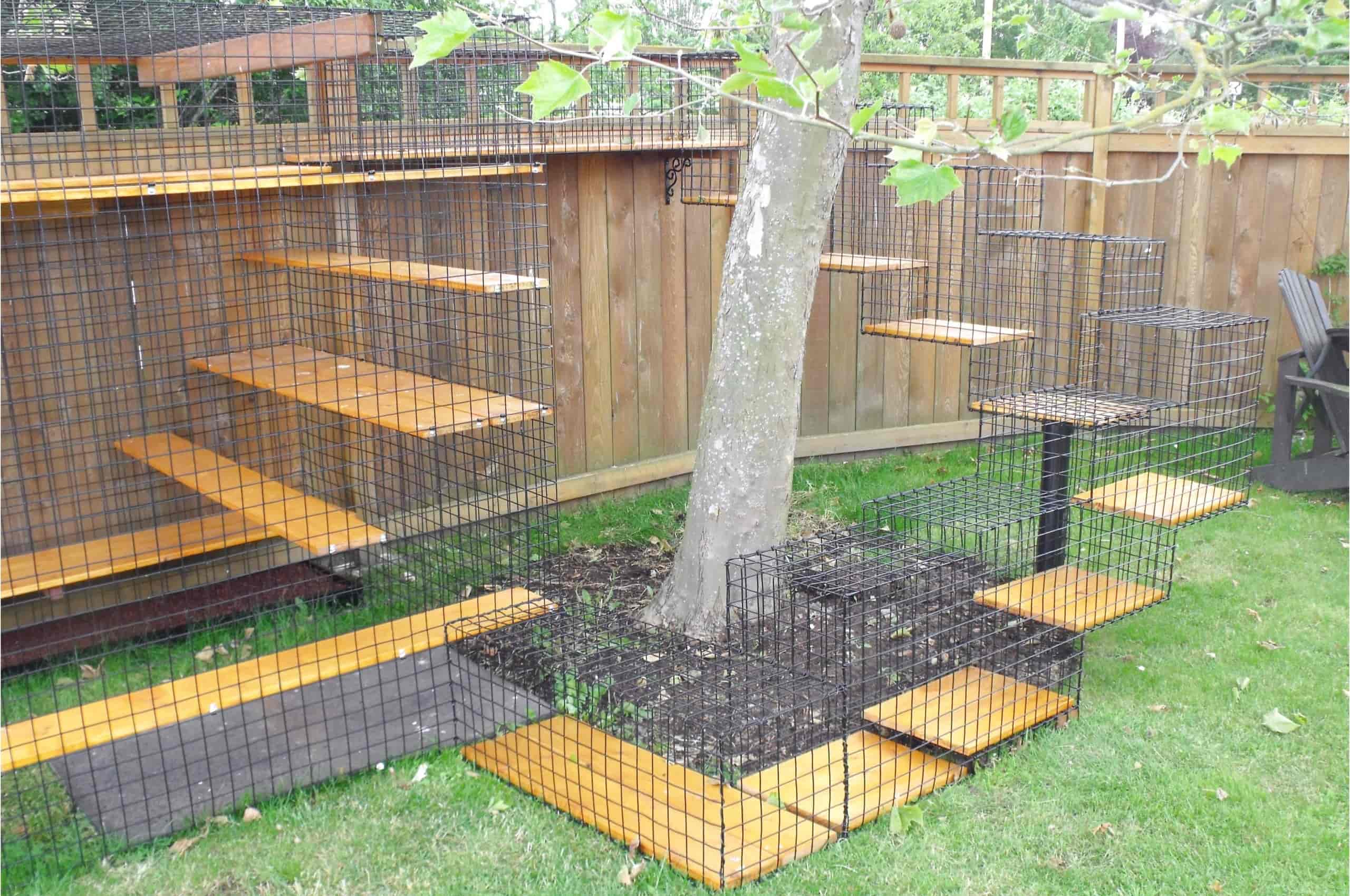

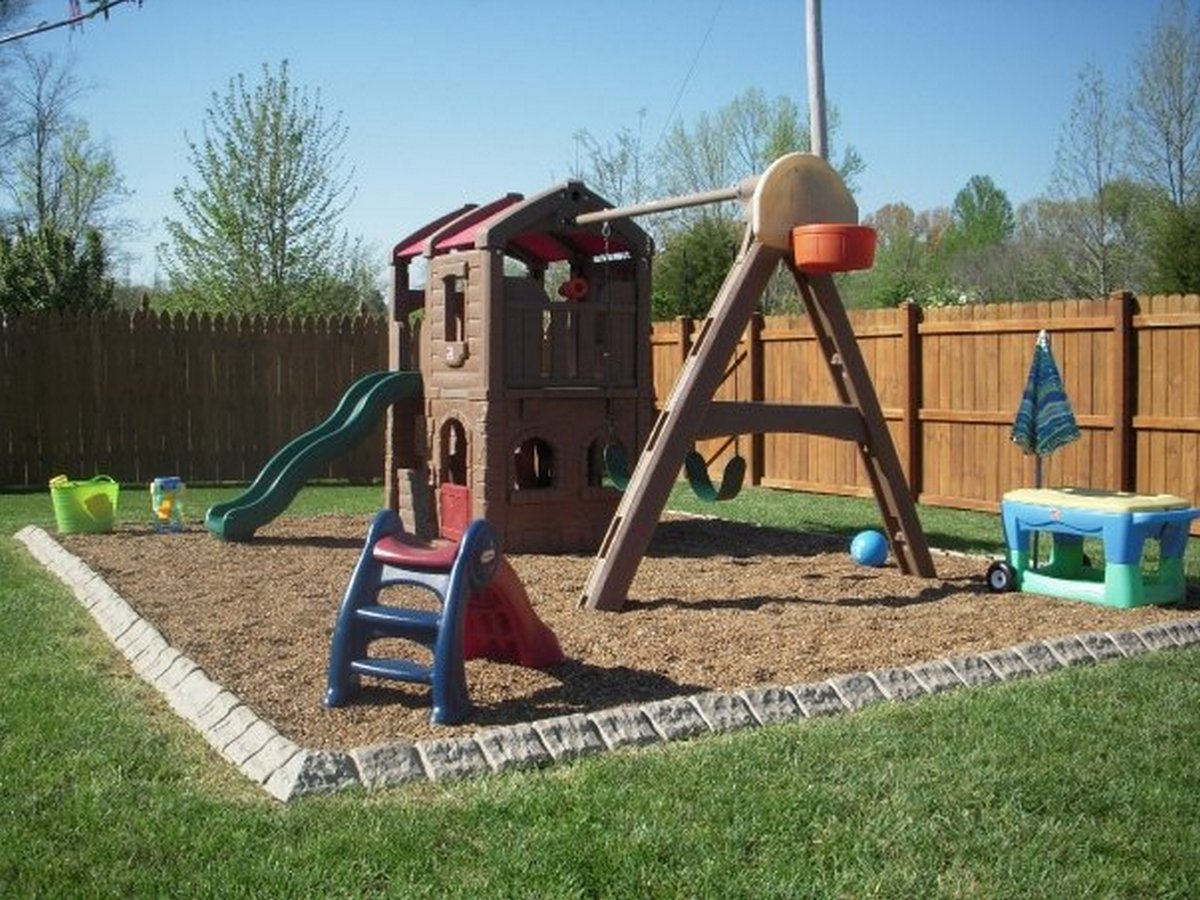
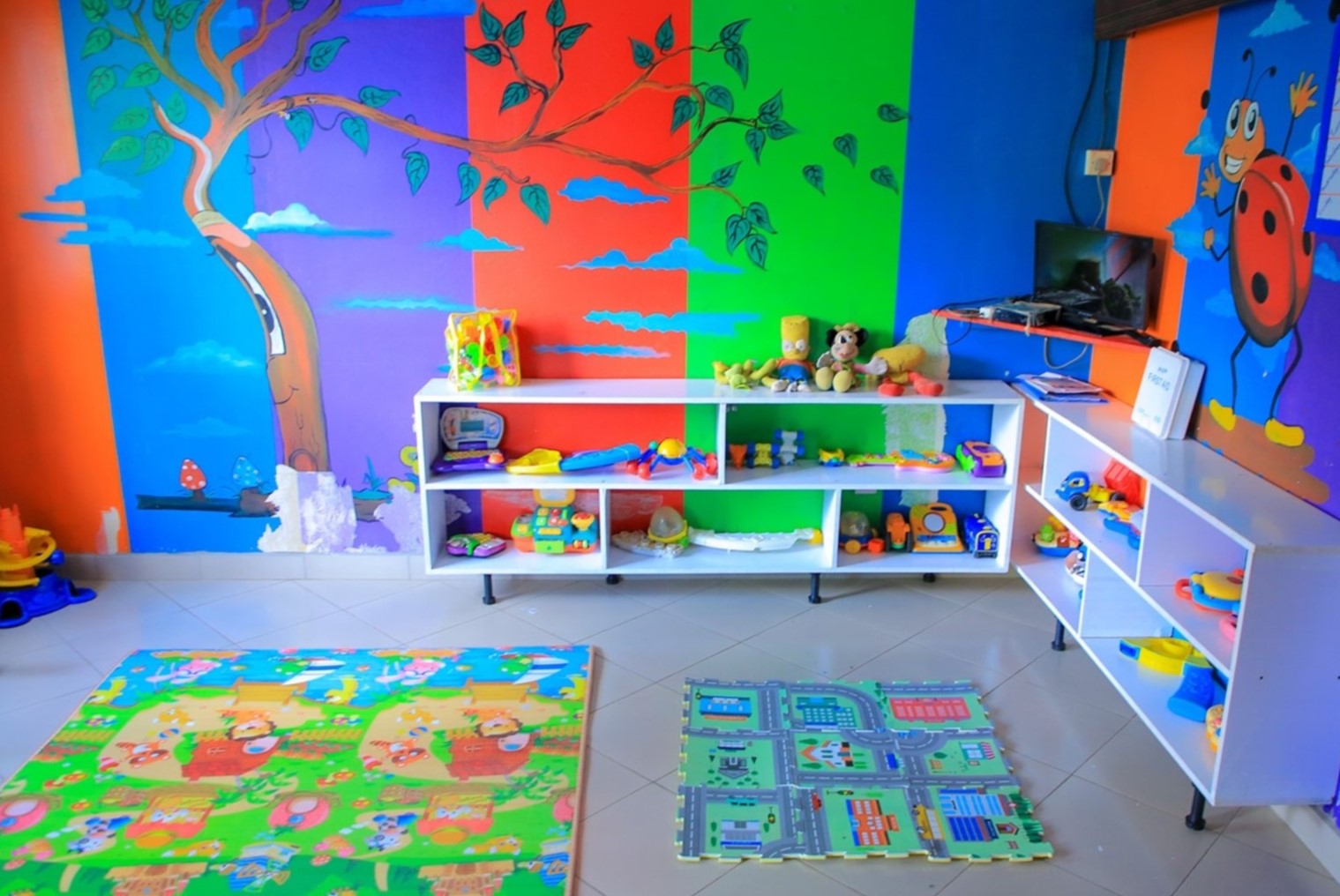
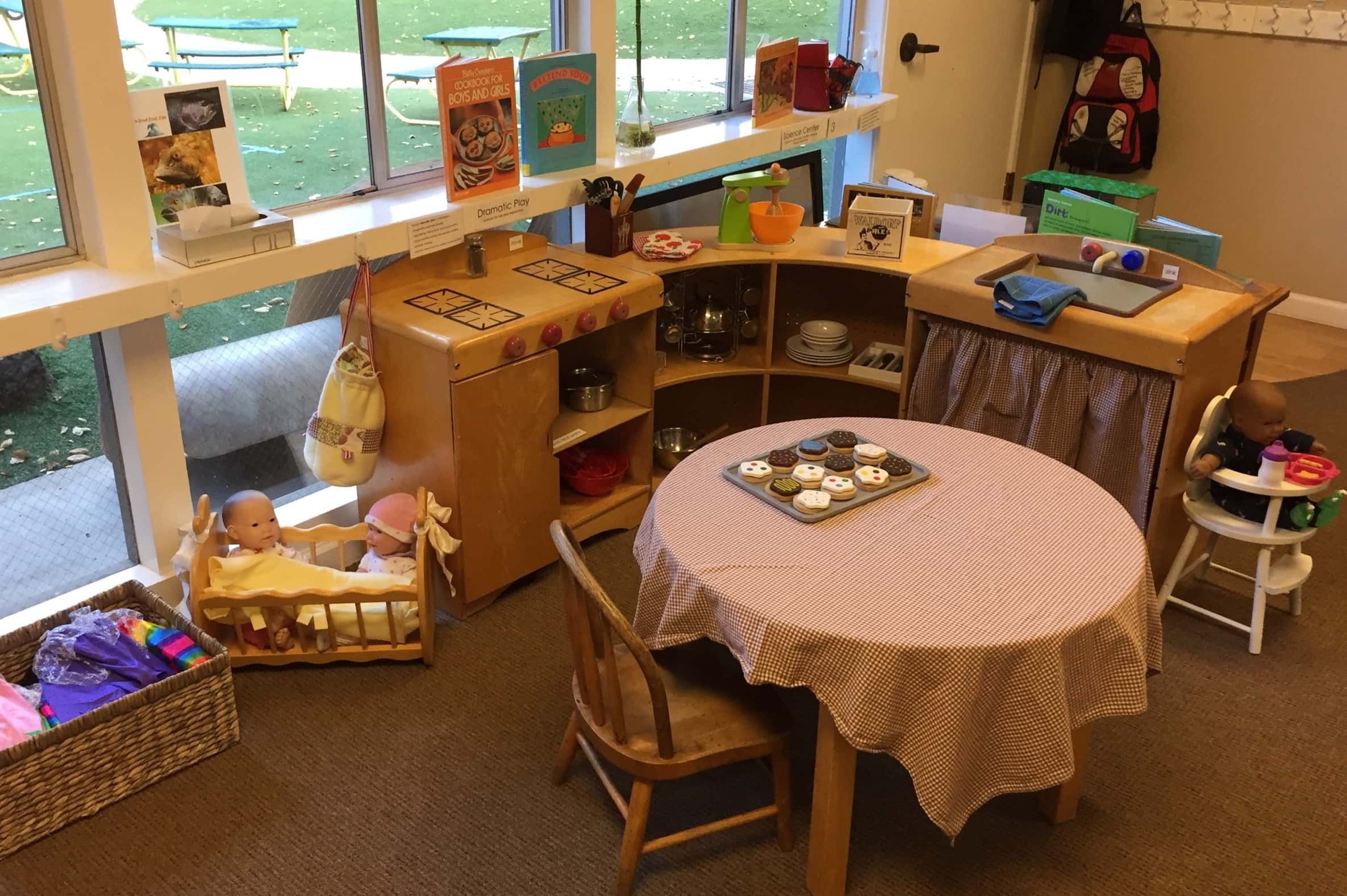
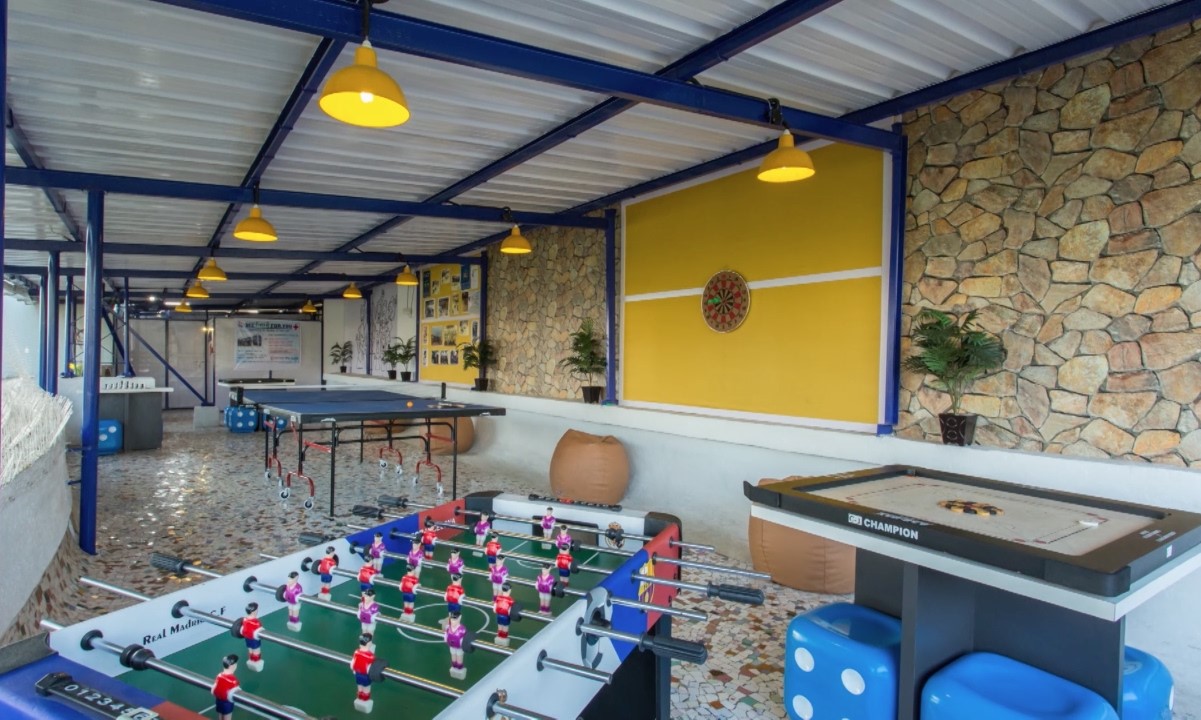
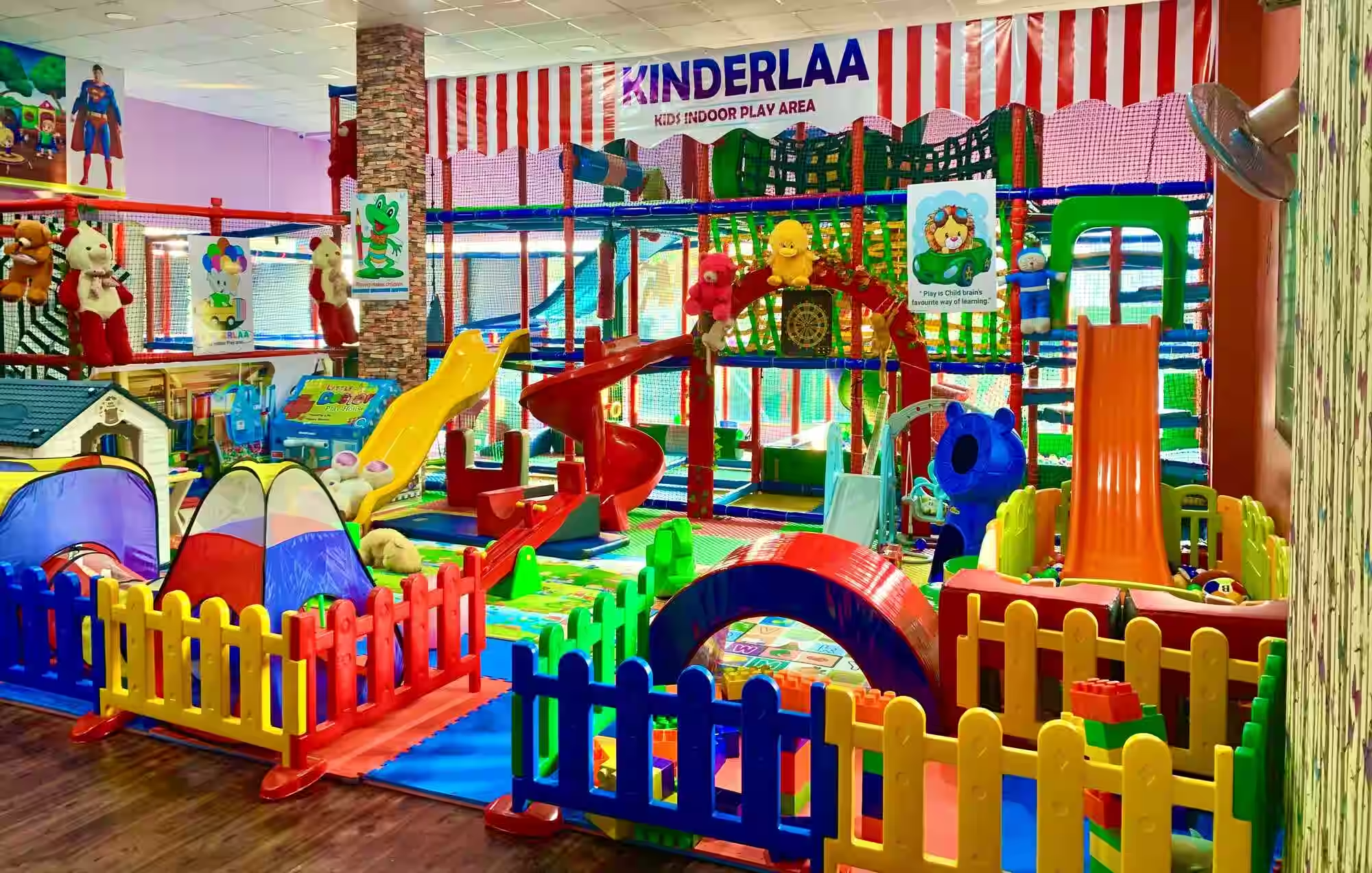
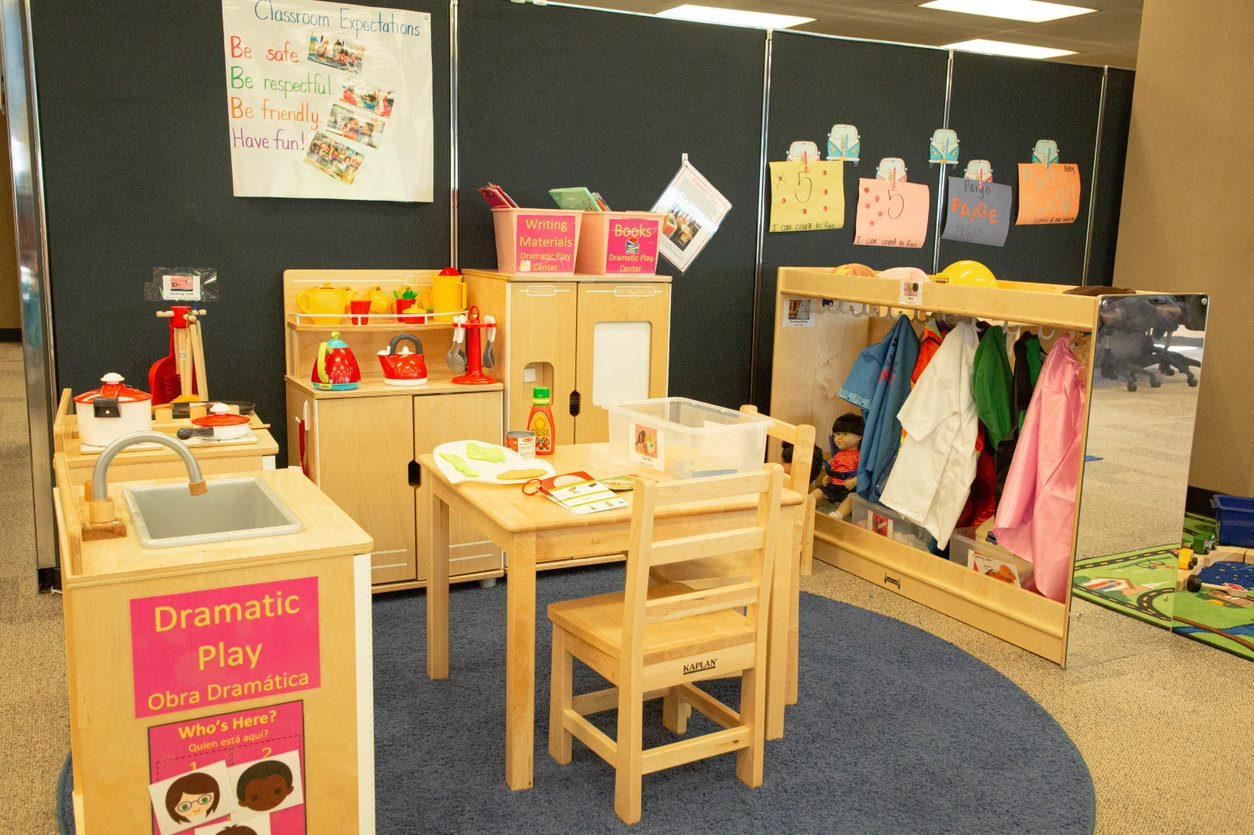

0 thoughts on “What Can Be Used To Create A Safe Outdoor Play Area”